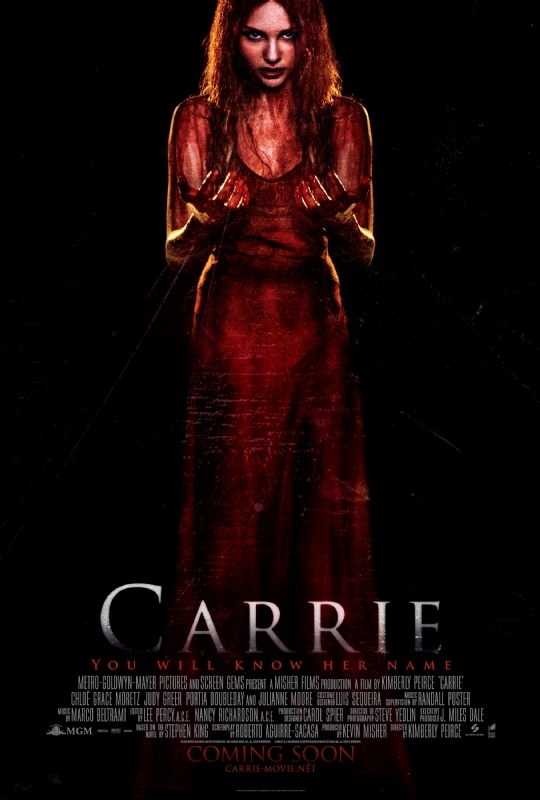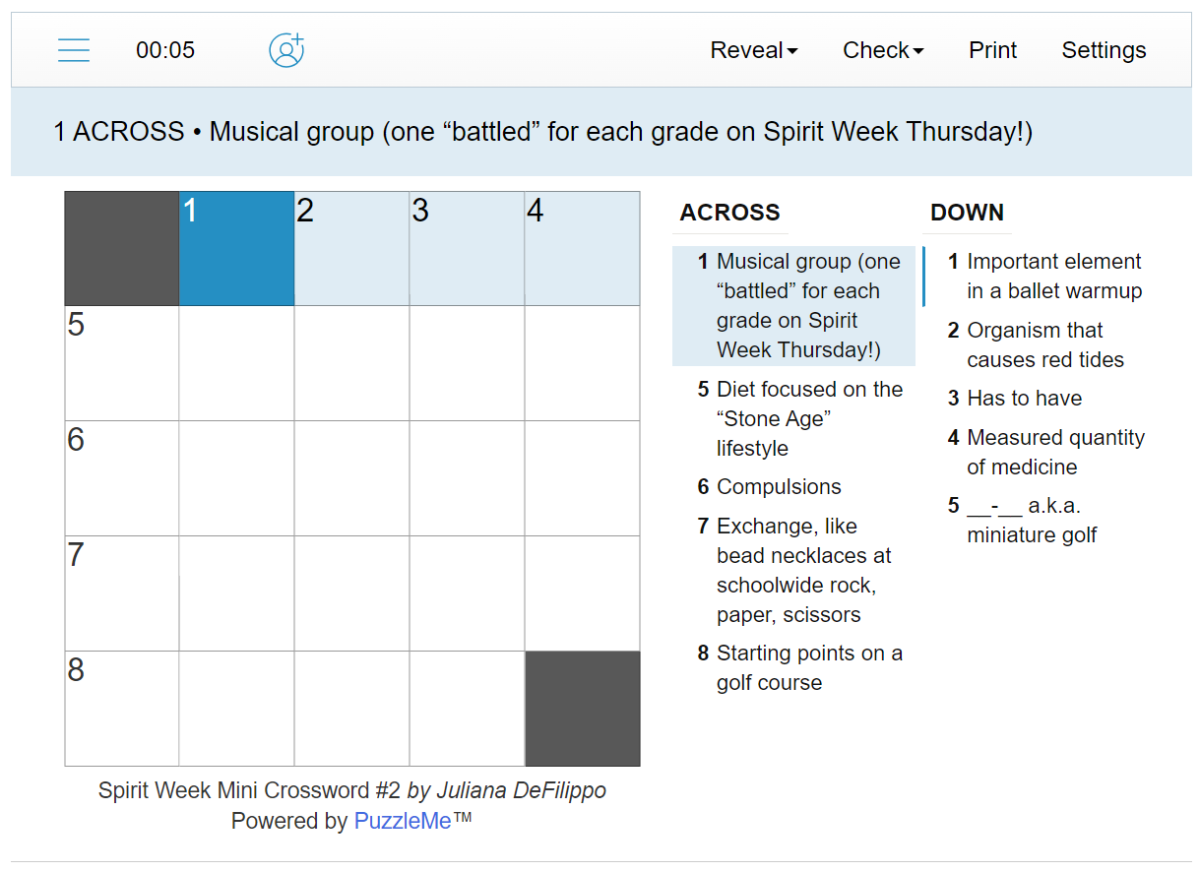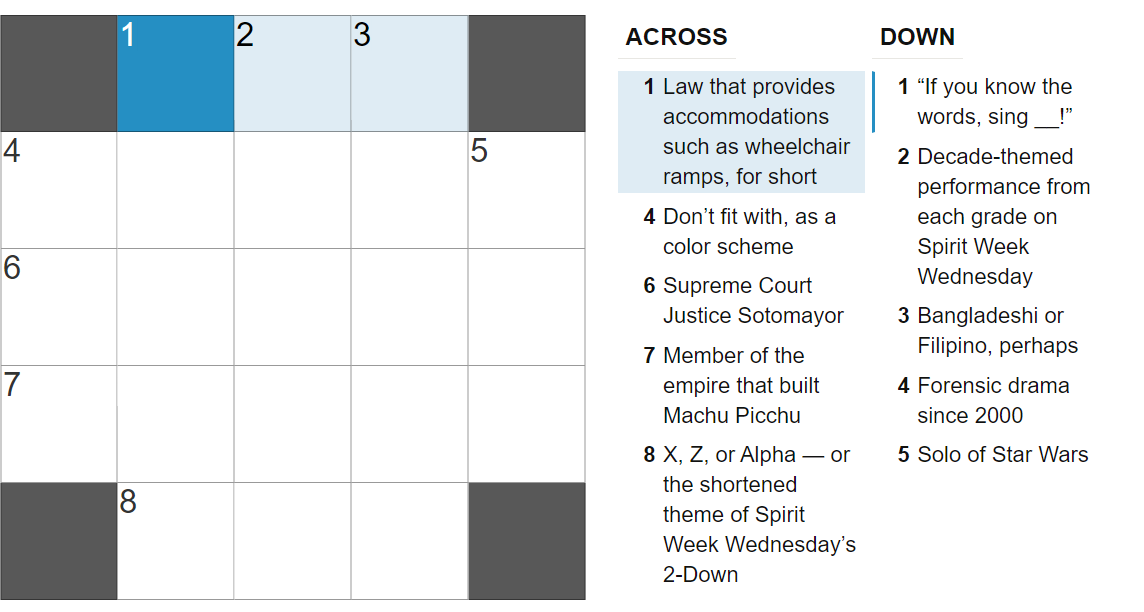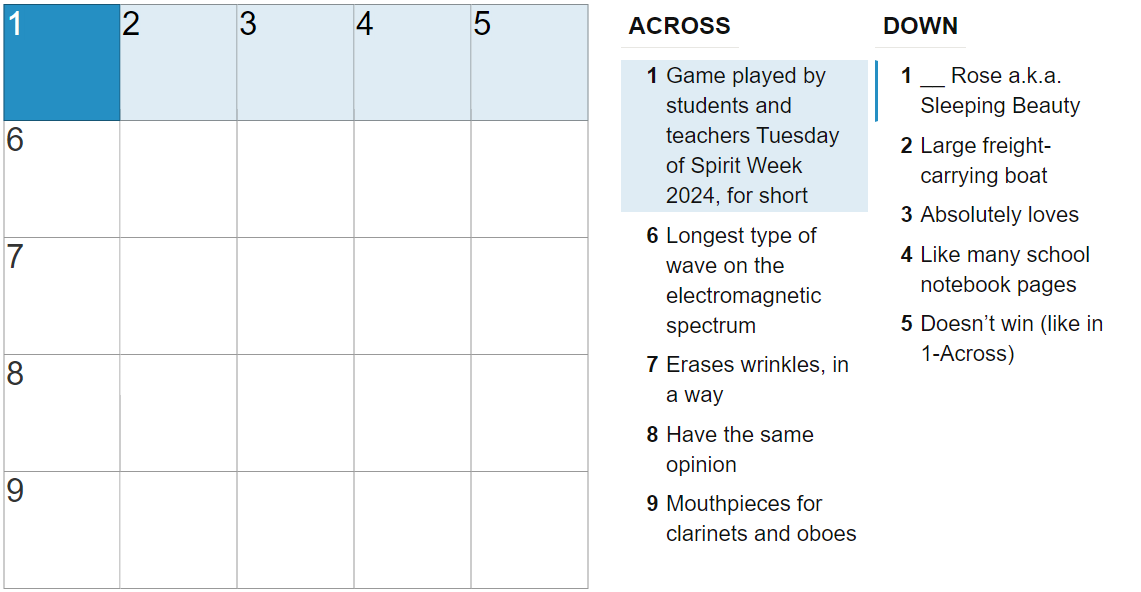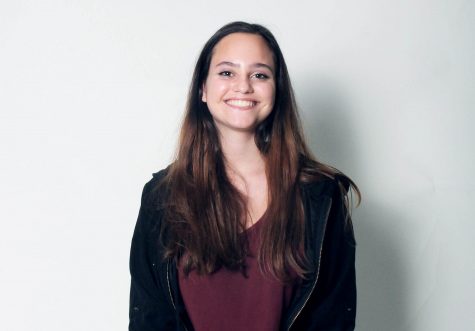Greta Gerwig’s first directorial piece, “Lady Bird,” showed global audiences the potential of female-centered coming-of-age films. It broke ground as one of the most moving coming of age pieces of the year. Outside of “Lady Bird,” however, the vast amount of female-centered films aren’t indie or high school rom-coms. For teenage girls looking for a relatable flick about what it’s like to be a young girl in society, their most reliable genre is the horror/supernatural genre.
From the the 2009 cult classic, “Jennifer’s Body,” to Stephen King’s page-to-screen thriller, “Carrie,” the horror genre has provided a vast amount of films centered on women. In the universe of horror films, a woman’s coming of age isn’t something to shy from, but something to embrace. The moment a female character finds herself in a bad situation, she becomes powerful, strong, and independent. In “Carrie,” the moment after Carrie gets her period, the bodily signal of womanhood and puberty, she gains telekinetic powers. In “The Craft,” the girls form a local coven to target the bullies in their high school and give karmic justice to their foes. In the supernatural/horror genre of filmmaking, a woman’s coming of age doesn’t revolve around getting the guy or graduating high school, but often about saving themselves.
The target audience for horror films is teenagers, and marketers know that they can depend on 13 to 24 years old to spend money to scream and cheer in theatres as long as they can relate to the plot. Teen horror rose with the concept of drive-in theaters, and along with this came greater representation for women in strong leading roles.
In early years of teen horror, films would follow a formulaic plot. A group of teens would go somewhere together and would be slowly killed off until the last character, usually a virginal female referred to as the final girl, would defeat the main antagonist and survive. Final girls are relied upon to be the character in the film to end victorious. This is seen in films such as “Texas Chainsaw Massacre” and “Halloween.” Horror films so often show these characters as strong and independent because unlike rom-coms, these teens aren’t looking for their other half; they’re fighting for their lives. By raising the stakes of the situation, the genre inherently gives more power to the leading characters. Horror has unintentionally become the face of feminism in filmmaking.
But, the feminism of the final girl doesn’t come without its own double-edged sword. In order to qualify to be the one left alive, the final girl must be virginal and isolated from the group. She must be the only rational mind among the teens. By enforcing the aspect of virtue, the title thus insinuates that promiscuity is something to shun and in the movies is considered something that will get you killed. There are many parodies of this condition online, in which girls argue over who is less promiscuous in hopes of discovering who will die last. By killing those who embrace their sexuality, the genre promotes the aspect that only virginal women can be heroes. She must be the Madonna, pure and holy, in order to redeem herself for having the audacity to stand apart and survive.
The genre doesn’t stand perfect, but the representation of women far surpasses that of genres such as the rom-com or the general teen drama.
The representation of strong women in horror goes past the slasher sub genre of filmmaking. The horror/supernatural genre allows its female protagonists to embrace their strength and their vulnerability while channeling their fire into developing as individuals. Take the case of “Jennifer’s Body.” Needy, the protagonist, transforms from the shy sheep who follows Jennifer around to a confident woman who uses her power to challenge the succubus Jennifer has become. The movie doesn’t rely upon the male characters to carry the plot; in fact, most of the males introduced into the film aren’t present by the end. Megan Fox and Amanda Seyfried are the two main characters, and while this film never reached great commercial success, it’s cult following and critical reflections show that its impact isn’t ignored.
Female-led coming-of-age films are difficult to come across. Often, they feature women as a side character or a co-star rather than as the main protagonist. However, the horror genre isn’t afraid to stray from the usual. It is in its nature to appeal to the occult, the obscure, and the unrepresented or unexpected. Whether this means witchcraft in the woods or strong female characters, we can rely on this genre to supply something in the industry we hope to see more of: women taking control of their own lives.























































